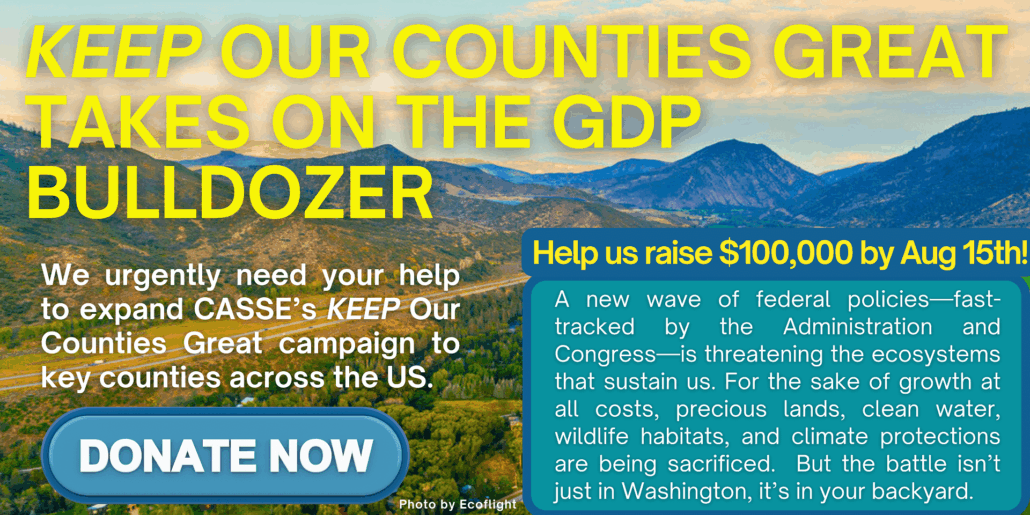Driving NASCAR Off the American Cultural Cliff
by Brian Czech
In the heart of New York’s spectacular Finger Lakes region last Sunday, 40 drivers lined up to race—for six hours—round and round a circuitous route of doglegs four miles southwest of Seneca Lake. I don’t know who won, and I couldn’t care less, but I do know who lost. That would be people and planet.
Watkins Glen International Raceway, dubbed “the spiritual home of road racing in the USA,” is among six major car-racing tracks scattered about the state parks,
